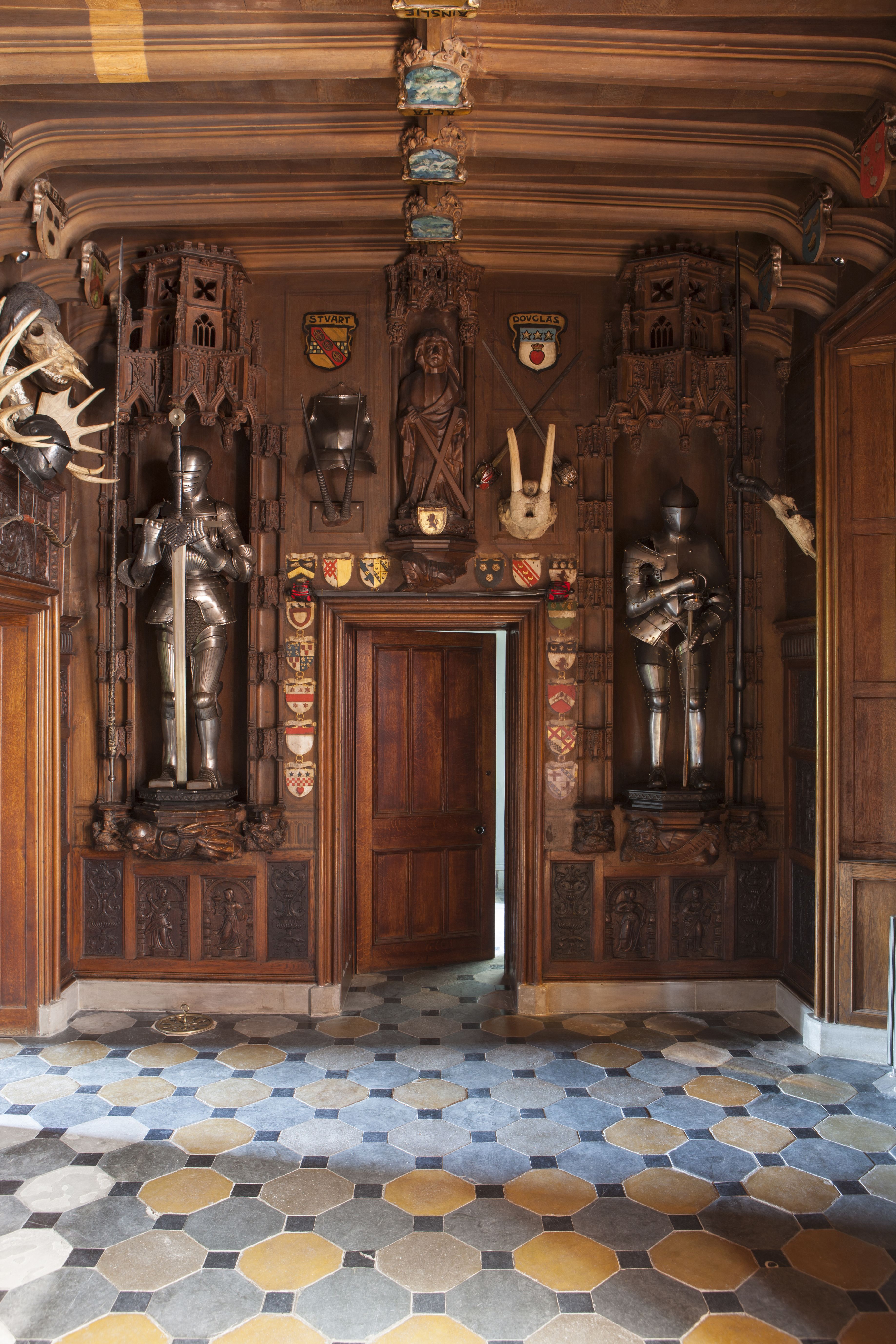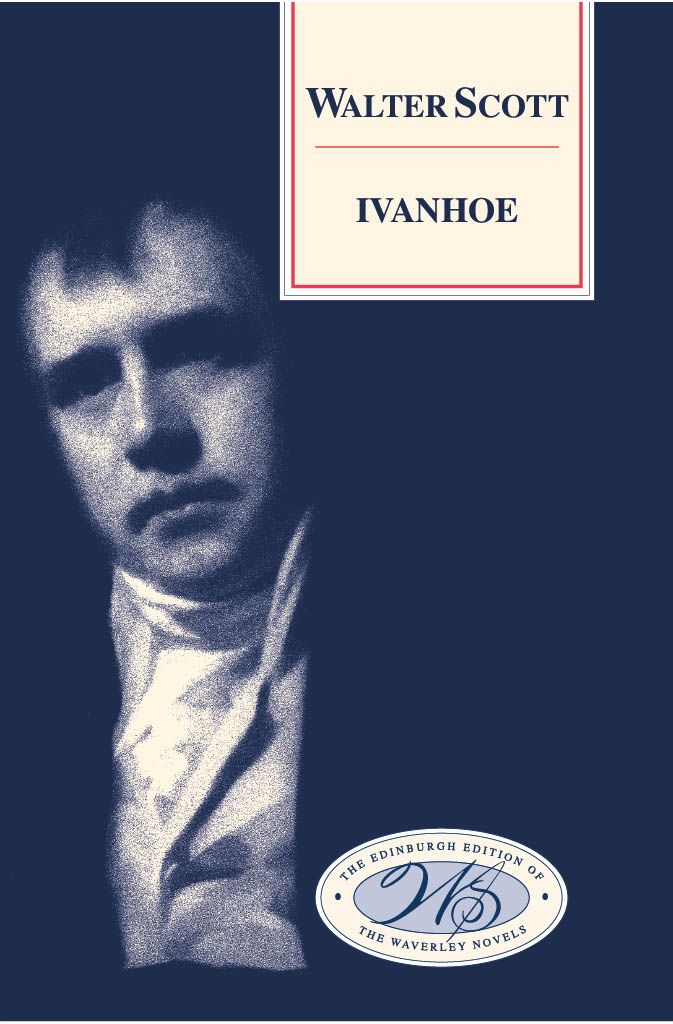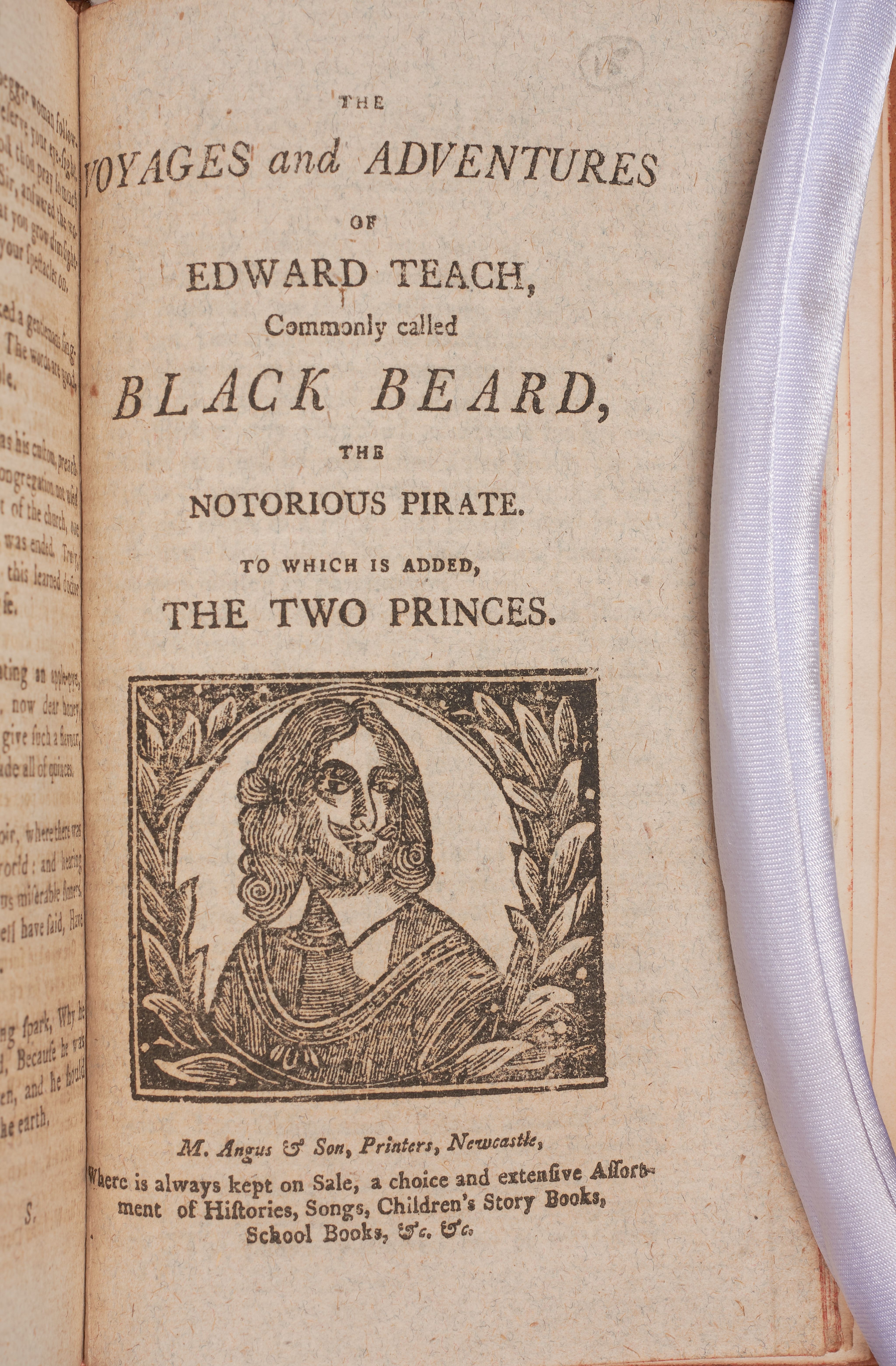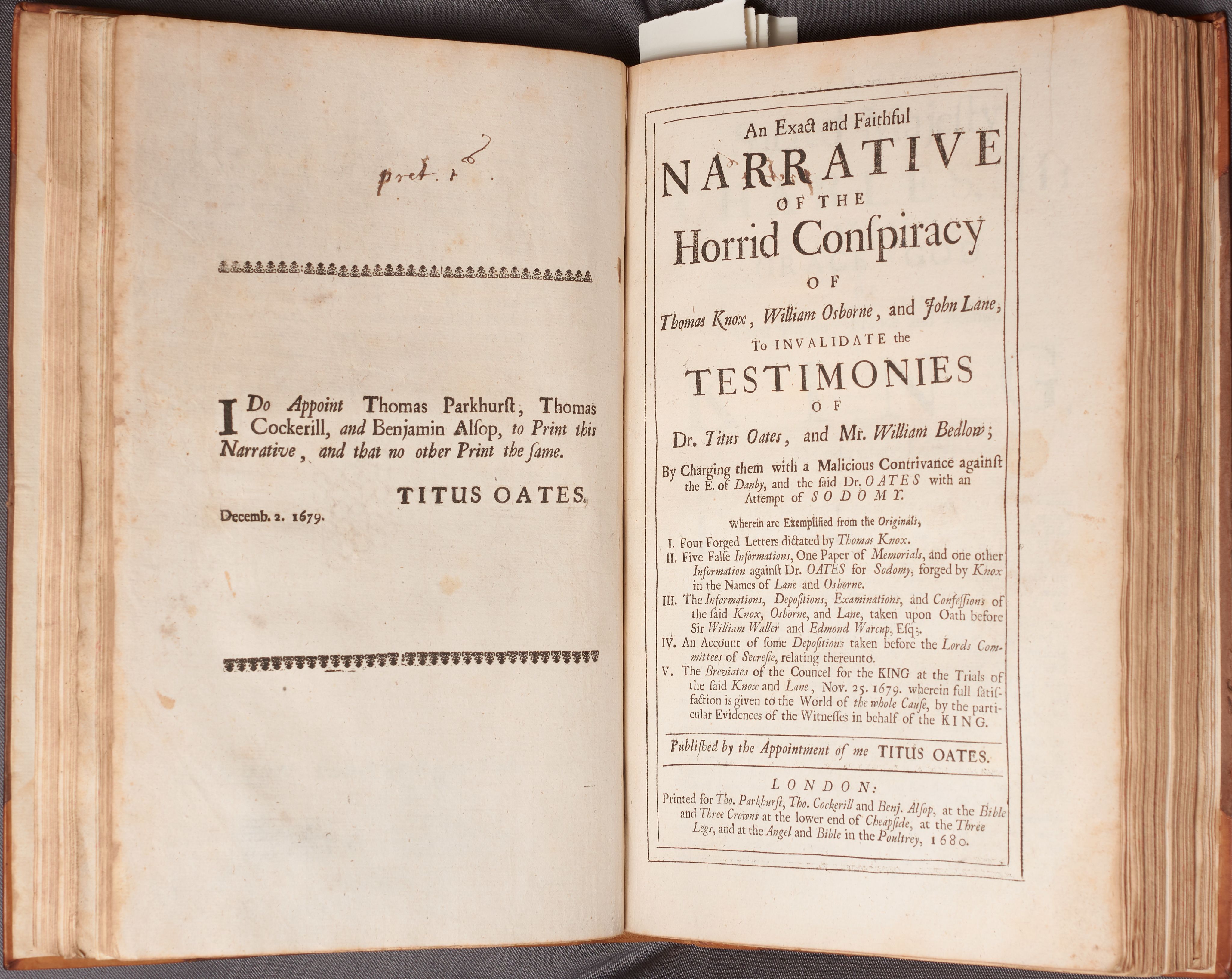9. How Scott used the collection

While Scott was gathering chapbooks, tracts and pamphlets he was also collecting other artefacts from the past that now furnish his home at Abbotsford. However, Scott’s collecting activities were never just an antiquarian pursuit but always a springboard for creativity; items from the past have stories to tell and Scott’s imagination was irresistibly fired by that possibility. Popular print material is also an excellent source of information about ordinary lives and the day-to-day concerns of those who were living through harsh domestic and political circumstances. There is clear evidence that Scott drew on his collection of popular print material both for inspiration and for this kind of detail.
The Edinburgh Edition of the Waverley Novels, a project co-ordinated by the University of Aberdeen, was completed in 2012, before Scott’s chapbook collection had been fully catalogued. However, there is plenty of evidence in the notes to that edition to illustrate that Scott is referring to chapbook material, and if we look at the anonymous section of the allusions database that accompanies the edition, it is clear how often Scott is alluding to and adapting traditional material to fit his own narratives. Snatches of popular song feature frequently in Scott’s fiction, for example, and are used as a kind of common currency with a recognition that both the characters in the novels and Scott’s readers will quickly grasp the underlying meanings. While there is still a lot of work to be done to establish the extent to which Scott draws on some of the material in this exhibition in his own creative work, a few examples illustrate that he is certainly doing so. As we work on the Edinburgh Edition of Walter Scott’s Poetry, we anticipate that we will again find reference to material from his popular print collections.

Image courtesy of Edinburgh University Press
Image courtesy of Edinburgh University Press

One example of Scott using popular material in his creative work can be found in Ivanhoe (1820).
Readers of the novel may recall that the character of Robin Hood makes a minor yet memorable appearance, and his depiction leaves a lasting legacy on how the outlaw is understood in the popular imagination. In the ‘Dedicatory Epistle’ to Ivanhoe Scott notes that when dealing with the more distant past details must be ‘gleaned from musty records and chronicles’, or in other words, from written sources, but that these can at times lack the vigour he requires for his writing, an energy which is, however, perhaps found in popular print.
Scott draws on a collection of Robin Hood ballads gathered by his friend Joseph Ritson, but Robin Hood also appears in at least five chapbooks at Abbotsford and one, pictured here, has a bookmark in it offering the tantalising possibility that Scott noted it and used it as inspiration for his novel.
Further evidence of Scott drawing on chapbook material can be found in his novel set in Orkney and Shetland, The Pirate. Scott had visited Orkney and Shetland in 1814 in the company of the lighthouse commission survey tour and kept a journal of the visit, which he drew from when he came to write the novel in 1822. But he writes to his friend William Erskine that he is ‘building his bricks of very poor straw’ and asks for books about the islands as he writes, making it clear that he is reading up on his current subject matter.

The novel tells the story of John Gow, the Orkney pirate, and several of the chapbooks contain information about him, and indeed pirates more generally. When Scott makes his own ‘index’ for one of the volumes ‘Pirates’ is one of the categories he includes.



Of course, Scott also writes about key historical moments and his Jacobite pamphlets undoubtedly fuelled his imagination for novels such as Waverley and Rob Roy. For example, in Waverley the eponymous hero’s commander is the historical figure Colonel Gardiner, and a tract concerning his life forms part of the collection.
Scott also draws on pamphlets and tracts for his novel Peveril of the Peak, which deals with the Popish Plot of 1678, a spurious conspiracy regarding a Catholic plot against Charles II. This fictitious threat resulted in the ‘nation being persecuted by pestilent pamphlets’ as one character in Scott’s novel puts it, and there are over a hundred such pamphlets relating to the event in Scott’s collections.

Indeed, phrases from these make their way into the novel and are put into the mouths of key characters, providing evidence of Scott reading and engaging with this popular print material and using it for his own creative purposes. For example, in one of the pamphlets an individual is revealed as a Catholic because they insist that their fish is fried with butter instead of suet. In Scott’s novel a landlady suspects one of her guests because they ‘must needs have [their] fish fried with oil instead of good drippings’. These colourful details seem to have lodged in Scott’s imagination as he read the material in his Library and emerged in his writing at appropriate moments.